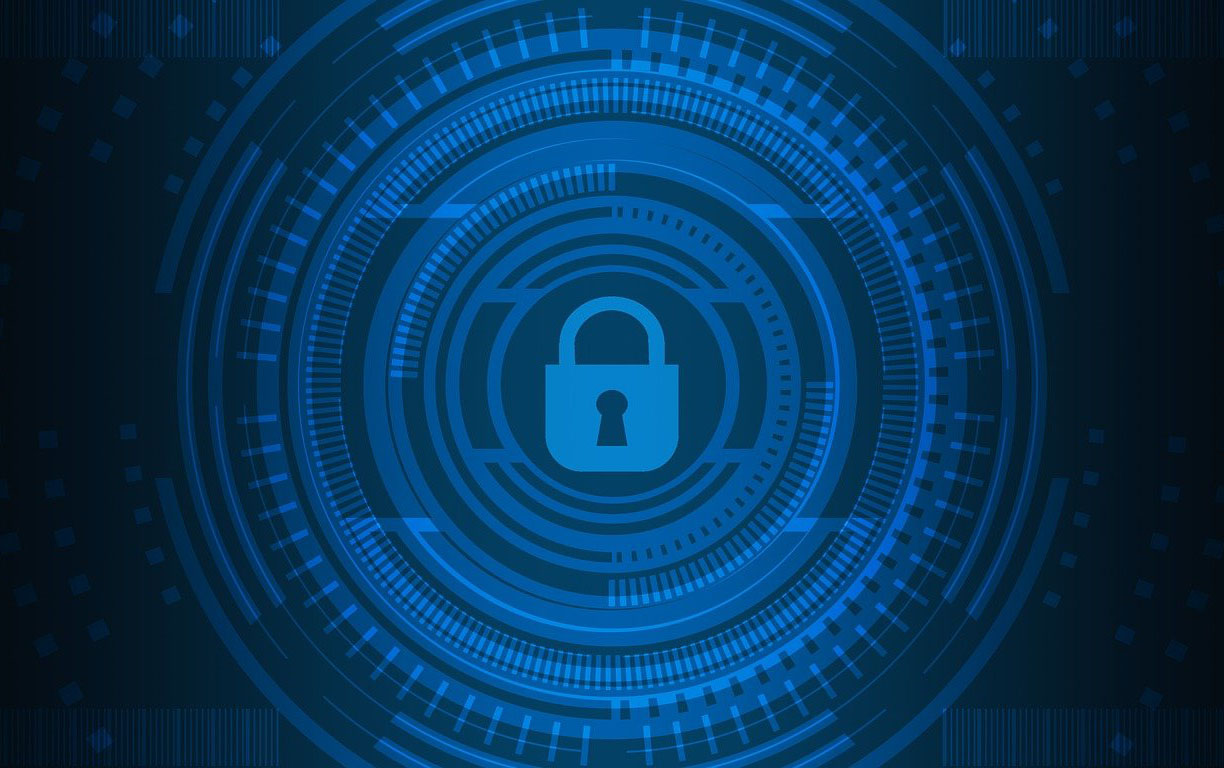The connectedness of everything – assets, people, business and commerce – has increased the severity and frequency of cyber attacks. The insurance sector faces a bigger threat than most industries because insurers deal with extremely sensitive data. Several insurance companies, such as Premera Blue Cross and Anthem, have experienced significant data breaches over the past years. However, these are not the only insurers affected. A report by Accenture shows that an average insurance company receives over 100 cybersecurity attacks each year, with 30% of the attempts being successful.
As an insurance leader, being aware of the potential cybersecurity threats puts you in a better position to adopt the right prevention measures. Here are the top cybersecurity threats in the insurance sector that you should know.
6 Cybersecurity Threats for Insurance Leaders
1. Cloud Vulnerabilities
Cloud data access and storage has become a common practice for many people. However, this practice can increase the risk of a data breach. You can be susceptible to denial of services (DoS) and account hijacking attacks. With such attacks, hackers can access and tamper with your company’s data while preventing your team from accessing it. This threat can be prevented by implementing an extensive cyber risk management plan.
2. Patch Management
If your insurance company is using outdated software, you have a higher risk of cyberattack. Most cybercriminals exploit software vulnerability to access and steal company information. Failing to update your software patches makes your organization vulnerable to numerous data breaches.
Cybercrime vulnerability can be through something you consider as minor as the computer operating system. For instance, most organizations became exposed to cyber-attacks in 2018 for failing to update their Microsoft Office software following a patch release for Eternal Blue vulnerability. Therefore, it is advisable you stay up-to-date with any software you are using in your organization to avoid costly attacks.
3. Social Engineering
With the increase in social interactions, cybercriminals are exploiting such opportunities to launch social engineering attacks. Deception is the major aspect of such attacks. Usually, these criminals use trickery and manipulative approaches to lure individuals into taking various actions. For instance, you can be lured to disclose sensitive information or even bypass set security measures.
Social engineering threats are high because targets simply give hackers access to the system. Thus, it is hard for you to prevent these crimes with cybersecurity systems. However, regular training on cybersecurity is necessary for ensuring that your team members know how to detect and prevent such crimes.
See also: A Novel Approach to Cybersecurity
4. Ransomware Threats
If you thought it was only individuals who can be held hostage, think again, because your computer systems and data can, too. Ransomware attacks are some of the serious cyber threats you should worry about in the modern era. A report by the U.S Depart of Homeland Security reveals a rising number of ransomware attacks. The hackers attack your network and prevent you from accessing any data in it until a certain amount is paid. Such attacks are associated with significant losses. For example, besides the immediate losses, a ransomware attack can lead to huge monetary damages because of lost data and loss of productivity.
5. Third-Party Exposure Threats
The use of third-party services is a common practice nowadays, especially for payment processing. Most organizations do not take the necessary precautions when engaging in third-party transactions. Even where the party you are transacting with does not handle personal data directly, it can put your organization at risk of attack.
Hackers are using malware to access personal data, such as credit card numbers and Social Security numbers, through third-party companies. Therefore, it is important to take all the necessary precautions when dealing with a third-party vendor. For instance, inquire about their policy on data breaches and find out whether they have any measures in place to prevent cybersecurity attacks.
6. Outdated Hardware
There is a common misconception that cybersecurity threats have to come from software. If you are using outdated hardware, your company data is vulnerable, too. With the increasing rate of software updates, some hardware may find it challenging to keep up. Obsolete hardware may be difficult to accept the latest security measures and patches. In such cases, your organization’s data is exposed; hence, at a high risk of cyberattack. Therefore, it is critical to regularly check your devices and replace any obsolete ones to avoid outdated hardware-related cyber-attacks.
See also: The Missing Tool for Cyber Resilience
Holistic Risk Management Plan
There you have it – a comprehensive overview of some of the top cybersecurity threats in the insurance sector. Evidently, as technology advances, insurance companies will continue to face different forms of cybersecurity threats.
While there might not be a one-size-fits-all approach to address or prevent cyber threats, being knowledgeable on the various cybersecurity vulnerabilities can help you adopt better risk detection and prevention measures. Therefore, make sure to adopt a holistic management plan to stay away from most of these threats.






